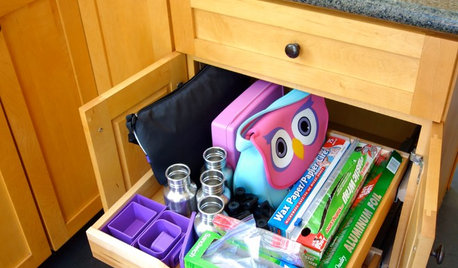cantelope
janetokla
19 years ago
Related Stories

CURB APPEAL9 Daring Colors for Your Front Door
Stand out from the neighbors with a touch of neon green or a punch of hot pink
Full Story
KITCHEN STORAGEEnd the School-Lunch-Prep Chaos
Make mornings less hectic with kitchen drawers and baskets dedicated to kids' lunch boxes and accessories
Full Story
LIFECondo, Co-op, Townhouse, TIC — What's the Difference?
Learn the details about housing alternatives so you can make a smart choice when buying a home
Full Story


OklaMoni
Okiedawn OK Zone 7
Related Discussions
Overwatering cantelopes?
Q
cantelope won't fruit
Q
Cucumber/cantelope wilt
Q
Have a question about moldy cantelope.
Q
heidibird
Okiedawn OK Zone 7
heidibird
heidibird
Okiedawn OK Zone 7
Tomato_Worm59
Okiedawn OK Zone 7
Tomato_Worm59
Okiedawn OK Zone 7
heidibird
Tomato_Worm59
plaidthumb
robolink
owiebrain
heidibird
OKC1
Okiedawn OK Zone 7
pokesalad
Okiedawn OK Zone 7
plaidthumb
Okiedawn OK Zone 7
ciaobella
Okiedawn OK Zone 7
ciaobella
plaidthumb
Okiedawn OK Zone 7
terrydenise
Okiedawn OK Zone 7
janetoklaOriginal Author
terrydenise
plaidthumb
lyndonjack2
vidnand
oldbusy1
Okiedawn OK Zone 7